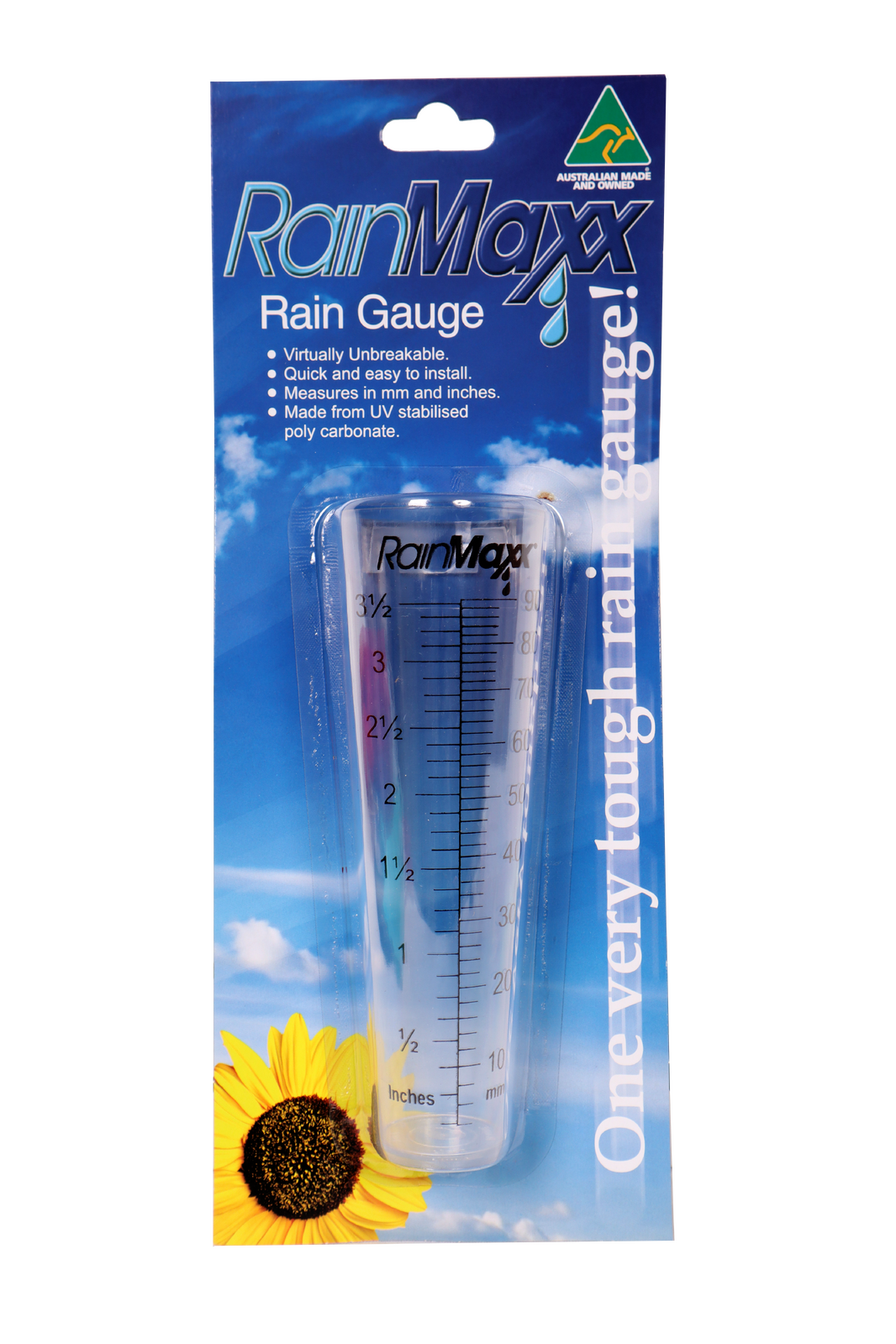Introducing the Science Behind Rain Determines: Exactly How These Gadgets Play a Vital Function in Environment Research Study and Ecological Tracking
Rain gauges, seemingly straightforward devices, hold a profound importance in the world of environment research and environmental surveillance. These simple tools quietly collect among nature's most necessary aspects-- rainfall. Behind their unpretentious exterior exists a complex scientific research that is important for comprehending the dynamics of our atmosphere. As we peel back the layers of this scientific veil surrounding rainfall evaluates, we discover a world where accuracy, information accuracy, and thorough observation assemble to reveal a deeper understanding of our altering climate and its effect on the earth.
Value of Rain Gauges
Rain assesses play an essential function in tracking and measuring precipitation levels, offering important information for climate research and evaluation. These devices are basic in quantifying the amount of rains that happens in a particular location over a certain period. By collecting and determining rainwater, rain determines deal useful understandings into the circulation and intensity of precipitation, assisting meteorologists, hydrologists, and climatologists in comprehending weather patterns and patterns.
In addition, long-term information gathered from rainfall determines helps in analyzing environment modification influences and patterns, contributing dramatically to clinical research and decision-making processes. In significance, rainfall determines offer as necessary tools in the area of weather forecasting and ecological science, playing a crucial function in progressing our understanding of weather condition and environment dynamics.
Sorts Of Rain Scales

Capability and Procedure
In the world of climate study and meteorological researches, the effectiveness of rainfall determines lies in their intricate functionality and specific operational mechanisms. Rain gauges are created to precisely measure the amount of precipitation that tips over a certain area throughout a set period. These devices generally include a funnel that accumulates rain and channels it right into a measuring tube. The gauging tube is noted with adjusted dimensions that enable the precise quantification of rainfall.
The performance of rain assesses is based upon the principle of accumulating and gauging rainwater in a standard manner. This gathered information is essential for recognizing local weather condition patterns, tracking lasting environment patterns, and assessing ecological effects. To make certain accurate dimensions, rain gauges requirement to be purposefully put in open locations far from blockages such as structures or trees that could hinder the collection process.
The functional facet of rain assesses involves routine upkeep to stop debris buildup, calibration checks to maintain dimension accuracy, and data videotaping for analysis (rain gauge). Overall, the functionality and operation of rain determines are vital see post for collecting dependable rainfall data essential to climate research and environmental monitoring
Function in Environment Study
Given the essential relevance of exact rainfall measurements in recognizing climate patterns and environmental impacts, my explanation the function of rainfall assesses in climate research study is vital. Rain assesses supply vital information for climate research study by quantifying the amount of precipitation that tips over a specific area during a provided duration. This data is crucial for keeping track of lasting patterns in rainfall patterns, assessing the influence of environment adjustment on rainfall distribution, and improving environment designs.

Climate scientists utilize information collected from rainfall evaluates to examine variations in rainfall degrees, determine local climate trends, and evaluate the performance of water source monitoring approaches. By comparing historical precipitation information with present dimensions, scientists can spot changes in precipitation patterns, such as adjustments in the frequency or intensity of rainfall events. This information is essential for understanding how climate change is affecting rainfall characteristics and can aid policymakers make educated decisions concerning adjustment and reduction approaches.
Applications in Ecological Monitoring

In flood forecasting, rainfall gauge information assists to track rains intensity and distribution, allowing authorities to release prompt cautions and take required measures to reduce flood dangers (rain gauge). Dry spell tracking depends on rain gauge data to evaluate wetness degrees in the dirt and track precipitation shortages, helping in the identification of drought-prone areas and the implementation of drought action approaches
In addition, rain gauge information plays an important role in water source administration by supplying info on water availability and use fads. This data is utilized to make enlightened choices relating to water allotment, conservation measures, and sustainable water source planning. In addition, in farming, rain gauge data assists farmers in optimizing watering schedules, crop choice, and total farm management discover this techniques based upon neighborhood rainfall patterns. Generally, rain assesses are essential devices in environmental monitoring, providing beneficial understandings that contribute to educated decision-making and sustainable source administration.
Verdict
In verdict, rainfall determines are vital devices for determining rainfall, giving useful information for environment research and ecological surveillance. With different kinds and performances, rain gauges play a crucial duty in comprehending rainfall patterns and their effect on the setting. By accurately determining rainfall, these tools add to the development of scientific understanding and aid in making informed decisions pertaining to water resource management and calamity preparedness.
Rain assesses play an important role in monitoring and gauging rainfall levels, offering essential information for environment research and evaluation. The standard rainfall gauge, understood as the "tipping container" gauge, is one of the most commonly used tools. Ultrasonic rain assesses use noise waves to find the existence of rain, offering real-time information on rainfall degrees.Climate researchers utilize information accumulated from rain determines to analyze variants in precipitation levels, determine regional climate patterns, and evaluate the effectiveness of water source administration approaches.In verdict, rainfall determines are crucial tools for determining precipitation, providing valuable data for environment study and ecological surveillance.